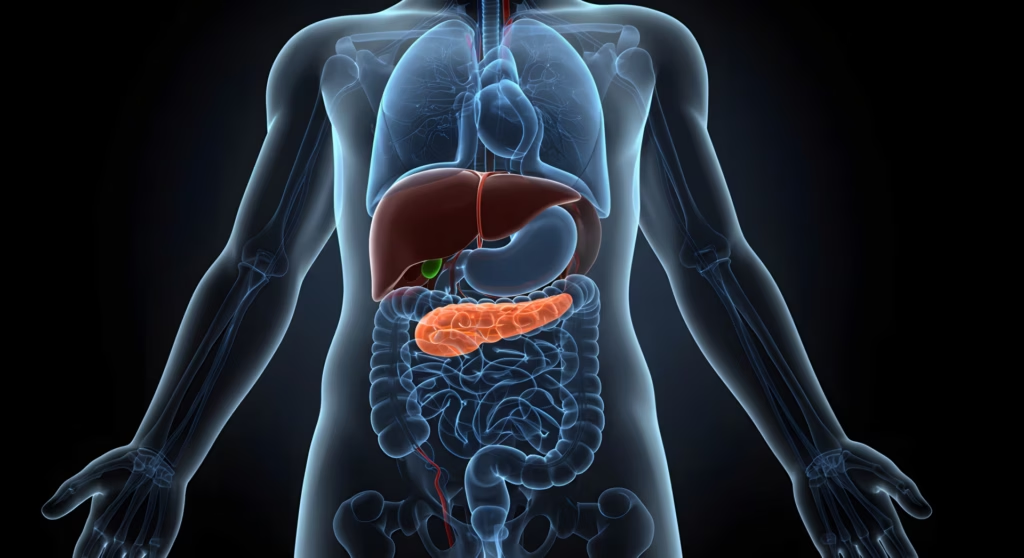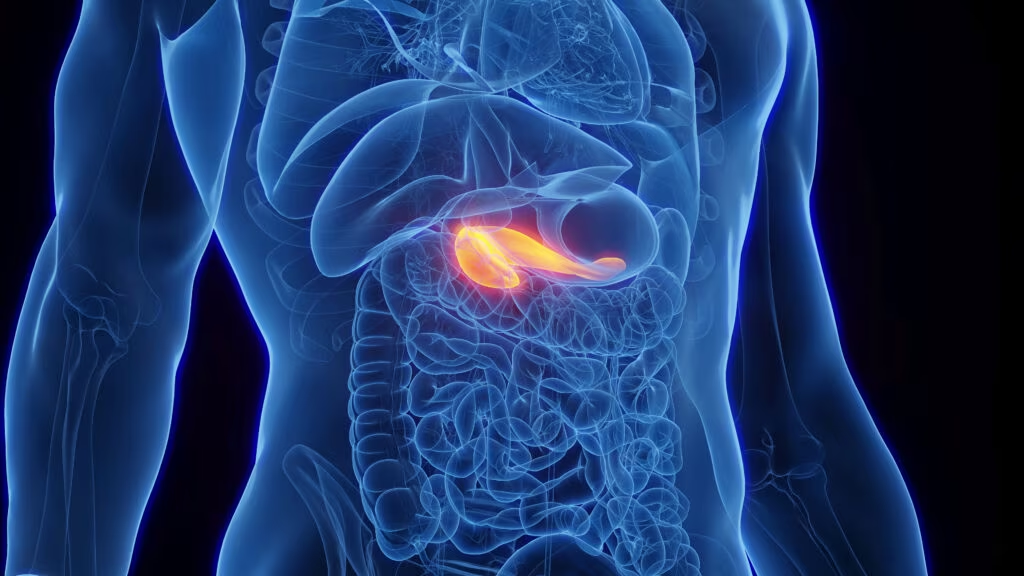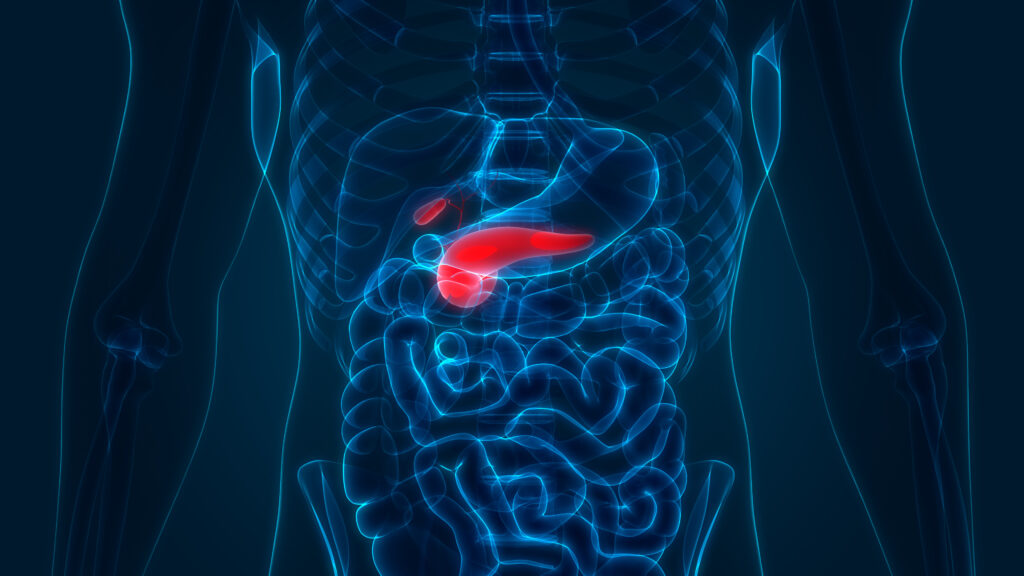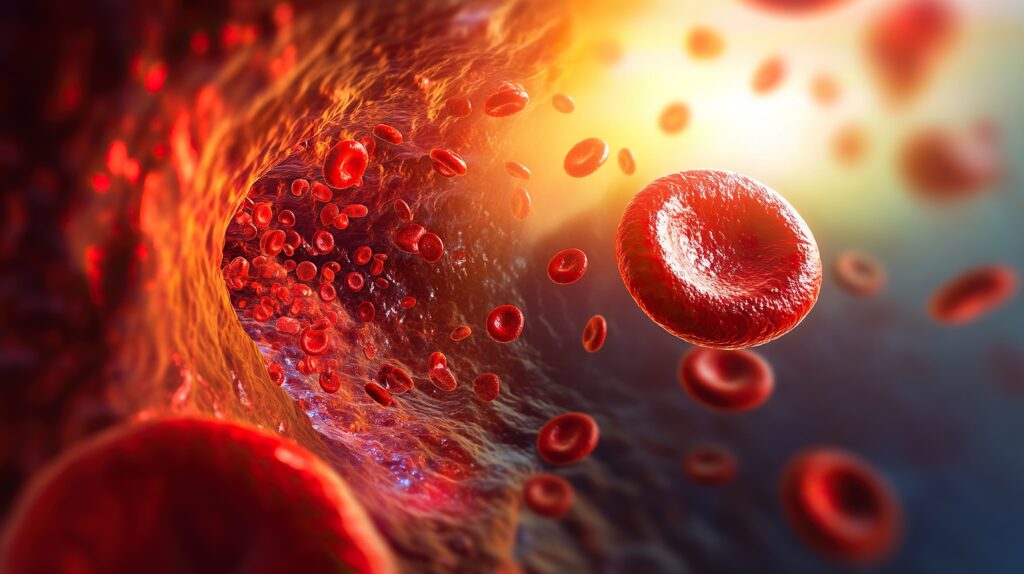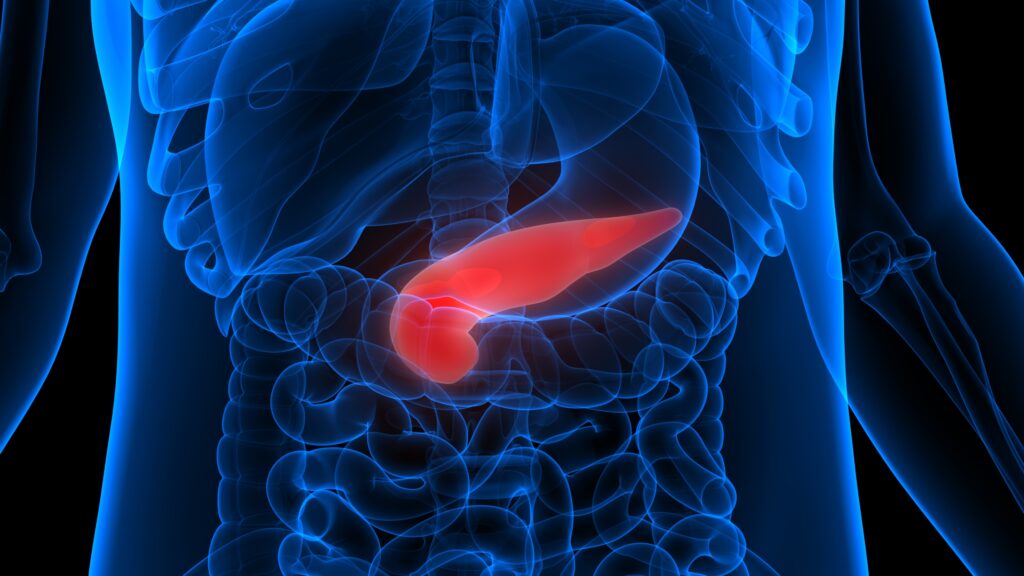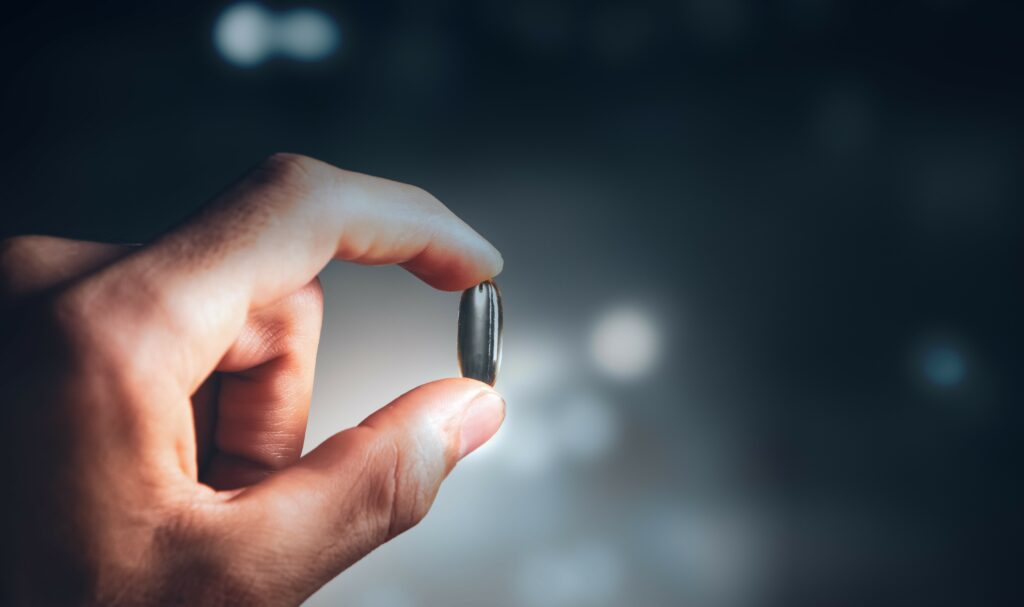The prevalence of insulin-resistant conditions—such as obesity, the metabolic syndrome, and type 2 diabetes—is on the increase, affecting all age groups and both sexes.1 A sedentary lifestyle lies at the core of these disorders; therefore, increased physical activity is considered an integral part of lifestyle modification for the prevention and treatment of insulin resistance.2,3 There is a wealth of epidemiological evidence indicating that high levels of habitual physical activity are associated with lower incidences of obesity, the metabolic syndrome, and type 2 diabet
The prevalence of insulin-resistant conditions—such as obesity, the metabolic syndrome, and type 2 diabetes—is on the increase, affecting all age groups and both sexes.1 A sedentary lifestyle lies at the core of these disorders; therefore, increased physical activity is considered an integral part of lifestyle modification for the prevention and treatment of insulin resistance.2,3 There is a wealth of epidemiological evidence indicating that high levels of habitual physical activity are associated with lower incidences of obesity, the metabolic syndrome, and type 2 diabetes.2,3 This article will review current knowledge regarding exercise and insulin sensitivity, focusing on factors that determine the response to exercise, such as acute versus chronic exercise, the mode and amount of exercise, duration, and intensity, as well as other parameters that may modify this response.
Definition of Insulin Resistance and Measurement of Insulin Sensitivity
Broadly, insulin resistance can be defined as a subnormal biological response to normal insulin concentrations;4 therefore, it pertains to many different actions of insulin in the many different tissues of the body. Typically, however, in both research and clinical practice it mainly refers to the regulation of glucose metabolism by insulin at the whole-body level. There are many methods available for the evaluation of insulin sensitivity/resistance in vivo, including the oral glucose tolerance test (OGTT), the intravenous glucose tolerance test (IVGTT), the insulin suppression test, and the insulin–glucose clamp.5–7 The hyperinsulinemic–euglycemic clamp provides a gold standard for the quantitative assessment of whole-body insulin sensitivity. The procedure involves a continuous infusion of insulin to achieve hyperinsulinemia and a variable infusion of glucose to maintain plasma glucose concentration (euglycemia). Under these steady-state conditions, the exogenous rate of glucose infusion equals glucose uptake rate by all tissues of the body.8
Variations of this technique—e.g. a two-stage clamp with low and high rates of exogenous insulin, in conjunction with isotopic tracers—can be used to assess the sensitivity of individual tissues and metabolic processes to insulin. Examples include the suppression of endogenous glucose production and very low-density lipoprotein–triglyceride secretion by the liver, i.e. hepatic insulin sensitivity with regard to glucose and fat metabolism, respectively, the suppression of fatty acid release from adipose tissue, i.e. adipose tissue insulin sensitivity, and the stimulation of skeletal muscle glucose uptake, i.e. skeletal muscle insulin sensitivity.9–11
Evidently, this technique cannot be readily used in large-scale investigations or in clinical practice. Thus, many surrogate indices of insulin sensitivity/resistance have been developed based on simple measurements of plasma glucose and insulin concentrations in the fasting state or after an oral glucose challenge, e.g. the Homeostasis Model Assessment (HOMA) by Matthews et al.,12 the quantitative insulin-sensitivity check index (QUICKI) by Katz et al.,13 the insulin sensitivity index (ISI) by Matsuda and DeFronzo,14 and many others. Recently, several of these surrogate indices have been evaluated for their ability to reflect tissue-specific insulin sensitivity, i.e. not just whole-body insulin sensitivity.15 It is important to point out that all of these indices have been designed and validated for use in subsets of the population, such as healthy sedentary people or insulin-resistant individuals such as those with diabetes and the obese. None has been specifically developed for physically active persons, hence their ability to quantify higher than normal insulin sensitivity may vary.16,17
Effects of Acute and Chronic Endurance Exercise on Insulin Sensitivity
Whole-body insulin sensitivity is higher in trained athletes than in healthy untrained subjects, and improves considerably with exercise training in previously sedentary individuals, whether healthy or insulin-resistant.18,19 At least some, if not most, of the enhancement in insulin action associated with exercise training is attributed to the last bout of exercise and is lost after three to six days of inactivity.18,20,21 In fact, well-trained athletes have an approximately twice as high whole-body glucose uptake rate compared with sedentary individuals, but just a short period without exercise (60 hours) reduces glucose disposal by ~50%, to levels similar to those in sedentary subjects, and no further change is observed following a week of not training.22 This shows that chronic exercise does not have an equally chronic/sustainable effect on whole-body glucose metabolism once the exercise routine is interrupted.
A single bout of moderate-intensity endurance exercise increases whole-body glucose uptake for at least 48 hours into recovery. This effect is attributed mainly to enhanced skeletal muscle insulin sensitivity, and does not persist for more than four to five days.23 The time of onset of the insulin-sensitizing effect of exercise is unclear, as it may23,24 or may not25,26 be evident in the immediate post-exercise period, i.e. within approximately three hours from exercise cessation. The increase in whole-body glucose disposal the day after a single bout of exercise is especially pronounced at higher than basal insulin concentrations, and is likely related to prior exercise-induced skeletal muscle glycogen depletion, so that less of the disposed glucose is oxidized and more is stored as glycogen.27 Importantly, the insulin-sensitizing effect is specific to the previously exercised muscles,28,29 so that the day after exercise basal glucose uptake remains unchanged in the exercised muscles and may actually be reduced in the non-exercised muscles compared with values at rest, whereas insulin increases glucose uptake in the previously exercised muscles only (see Figure 1).29
Interestingly, the type of food consumed after exercise appears to play a major role in mediating the insulin-sensitizing effect: administration of oral glucose within three hours after exercise cessation almost completely abolishes the exercise-induced increase in insulin-mediated whole-body glucose uptake the next day,27 whereas administration of fat, whether orally30 or via an overnight lipid infusion,31 does not impair the exercise-induced increase in whole-body insulin sensitivity the next morning. Although fatty acid oversupply is an important mediator of skeletal muscle insulin resistance in obesity and diabetes, primarily via the accumulation of fatty acid metabolites and activation of pro-inflammatory pathways,32,33 a single 90-minute bout of moderate-intensity endurance exercise completely prevents fatty-acid-induced insulin resistance in healthy humans the next day.34 This suggests that the mechanisms for the exercise-induced increase in insulin sensitivity also largely involve alterations in fatty acid and triglyceride metabolism within skeletal muscle.
Clearly, much of the enhancement in insulin sensitivity associated with chronic exercise is the result of the last bout of exercise; however, not all aspects of the insulin–glucose dynamics are acutely reversed by detraining,35–37 suggesting that chronic adaptive mechanisms following exercise training may contribute to an augmented response. For example, in both normal and insulin-resistant subjects the rates of insulin-mediated whole-body glucose disposal increase by ~25% after the first exercise session and by ~40% after six weeks of exercise training (see Figure 2).38 Decrements in bodyweight after training may partly underlie this augmented response, and it was recently shown that a hypocaloric diet and exercise—each adjusted to induce the same energy deficit (~20% of energy requirements for weight maintenance)—over a period of one year in overweight middle-aged men and women result in similar weight loss and similar enhancements in insulin sensitivity, reflected by equally reduced plasma glucose and insulin responses to an oral glucose challenge.39,40 The latter finding also implies that an exercise-induced increase in energy expenditure and a diet-induced decrease in energy intake may be interchangeable when it comes to designing effective lifestyle interventions aiming at improving insulin sensitivity. However, the mechanisms responsible for the insulin-sensitizing effect of exercise are likely unrelated to negative energy balance, since a single bout of prolonged endurance exercise brings about an increase in insulin sensitivity the next morning regardless of whether the calories expended during exercise are replaced by overfeeding (zero energy balance) or not (negative energy balance);30 remarkably, exercise-induced improvements also manifest in the face of positive energy balance.31,34
Resistance Exercise and Insulin Sensitivity
Whereas much is known about aerobic/endurance exercise, understanding of the effects of resistance exercise on insulin sensitivity is far from complete. Cross-sectional studies using the glucose clamp technique indicate that insulin-mediated glucose uptake at the whole-body and skeletal muscle is not different between weight lifters and sedentary subjects when expressed per kilogram of lean/muscle mass, and is lower in both compared with endurance athletes.41,42 In contrast, beneficial effects of intense weight-training are seen when using the OGTT16 and IVGTT.43 In addition, with few exceptions44 longitudinal studies using a variety of assessment methods provide considerable evidence suggesting that resistance-exercise training increases whole-body insulin sensitivity in healthy young and older men45,46 and women,47,48 as well as in obese patients49 and those with insulin-resistant and type 2 diabetes.45,50,51 Although much of this enhancement is readily attributed to reduced fat mass and increased muscle mass after resistance training,52 improvements can be observed even in the absence of major changes in body composition.48,51 The latter possibility is supported by the observation that the cellular mechanisms mediating the increase in skeletal muscle and whole- body insulin sensitivity following strength training resemble the well-documented effects of endurance exercise,45 indicating that local adaptations, rather than body composition changes, mediate the insulin-sensitizing effect of resistance exercise.
The effects of acute resistance exercise on insulin sensitivity are not well described. The limited evidence available suggests that a single bout of resistance exercise is able to bring about a decrease in blood glucose53,54 and perhaps also insulin55 concentrations in response to oral glucose or a carbohydrate-rich meal administered 12–24 hours later, but not when a high-fat meal is ingested instead.56–58 Interestingly, administration of a carbohydrate-rich beverage within one hour of exercise completion does not abolish the resistance-exercise-induced lowering of blood glucose response to an oral glucose challenge, contrary to what has been observed for endurance exercise.59 However, single bouts of resistance exercise do not alter basal, fasting plasma glucose, and insulin concentrations53–59 or intravenous glucose tolerance60 the next day. In a manner equivalent to aerobic exercise, chronic strength training also offers no improvements beyond those observed after acute exercise (if any) when measurements are made 60–72 hours from the last resistance-exercise training session.53
Factors Affecting the Insulin Sensitivity Response to Exercise
There is considerable inter-individual variability in the metabolic response to acute exercise and the concomitant changes in glucose and insulin dynamics.61 The increase in insulin-mediated whole-body glucose uptake 12–48 hours after a single bout of endurance exercise is observed in healthy23,27 as well as in insulin-resistant subjects such as the obese,62 those with type 2 diabetes,63 and the offspring of patients with type 2 diabetes.38 Despite the heterogeneity of available evidence, insulin-resistant subjects appear to be more prone to the acute exercise-induced enhancement in insulin sensitivity, whether endurance or resistance exercise,24,53,55,62 although some investigators found similar responses to those seen in healthy subjects38 (see Table 1).
Some of the differences in these outcomes may stem from differences in subject characteristics and exercise type, intensity, and duration, as well as the method and time of assessment of insulin sensitivity. For example, there are reports that, compared with men, women may benefit less from acute endurance exercise (90 minutes at moderate intensity) when measurements are made using the hyperinsulinemic clamp technique within approximately four hours from exercise cessation,26 whereas the reverse may be true the next morning (~16 hours later) based on the HOMA index.64 In fact, there is accumulating evidence suggesting that females are intrinsically more insulinresistant than males and benefit less from lifestyle interventions aiming at improving insulin sensitivity, such as exercise or weight loss.65
The duration and intensity of exercise required to elicit an enhancement in insulin sensitivity in the long term remains uncertain.66 Some investigators observed that a short period of high-intensity aerobic training (one daily 50-minute bout at 70% of maximum oxygen consumption for one week) lowered plasma glucose and insulin responses to an oral glucose challenge administered the day after the last bout of exercise in obese men without diabetes, whereas no such effect was observed after moderate-intensity training (one daily 70-minute bout at 50% of maximum oxygen consumption for one week), despite the fact that the total exercise-induced energy expenditure for the two interventions was similar (~450kcal per bout).67 However, no differences were observed between these two exercise interventions in obese type 2 diabetes patients.67 Using a similar short training protocol (six bouts at 75 or 50% of maximum oxygen consumption, inducing a total energy expenditure of ~750kcal over two days), others observed significant improvements in insulin sensitivity among obese women with type 2 diabetes, and the magnitude of the increase was the same regardless of the intensity of the exercise.68 In long-term training studies and in epidemiological settings, physical activity is associated with dose-dependent reductions in insulin resistance and diabetes risk,69–72 suggesting that the total amount of work performed is of primary importance for improving insulin sensitivity.
However, not much is known regarding the dose–response nature of this relationship. Current public guidelines advocate 30–60 minutes of moderateintensity exercise on most days of the week;73 however, ~70% of the adult population fails to meet the recommended 30-minute goal of regular exercise and ~40% does not engage in any kind of physical activity.74 Recently, it was demonstrated that in healthy men, exercise-induced changes in whole-body insulin sensitivity, assessed the day after a single bout of aerobic exercise with the HOMA index, are curvilinearly related to the total energy expenditure of exercise, with a threshold of ~900kcal for a clear beneficial effect to manifest (see Figure 3).75 This corresponds to ≥60–90 minutes of endurance exercise at moderate intensity, which by far exceeds current public recommendations73 and likely also the exercise capacity of most sedentary individuals.76 However, as already stated (see Table 1), the amount of exercise required to improve insulin sensitivity may be less for insulin-resistant subjects. In fact, exercise-induced decrements in whole-body insulin resistance are directly related to baseline resting insulin resistance,75 so that relatively more insulin-resistant subjects can enjoy large improvements (by some 20–40%) even after expending only 300–600kcal during exercise.24,38,75 There is some evidence that the same—i.e. that the potential for physical activity to improve insulin sensitivity may be greater in groups of people who are more insulinresistant— holds true after exercise training as well.77 For example, improvements in whole-body insulin resistance associated with obesity can occur even with minimal aerobic exercise training (~30 minutes three days/week for 12 weeks) and without any changes in bodyweight, percentage body fat, and circulating concentrations of inflammatory markers.78
Conclusions
As the prevalence of insulin-resistant conditions soars, the importance of lifestyle modifications to halt or reverse this trend becomes readily apparent. Exercise can improve insulin sensitivity, but the factors that modify the insulin-sensitizing effect of exercise are not completely understood. Most of the improvements associated with training are actually the result of the last bout of exercise, indicating that exercise needs to be performed on a regular and uninterrupted basis. Acutely, endurance exercise appears to be more effective than resistance exercise in increasing insulin sensitivity, even though sufficient comparative data are lacking. However, in the long term both types of exercise, as well as dietary energy restriction, have similar beneficial effects. In healthy sedentary individuals, the amount of aerobic exercise required to improve insulin sensitivity may be overwhelming, but insulin-resistant subjects likely require less exercise. Much is left unknown with regard to major factors that may govern the response to exercise, such as the role of exercise intensity and duration, possible sex differences, and the fine-tuning role of post-exercise diet.■


